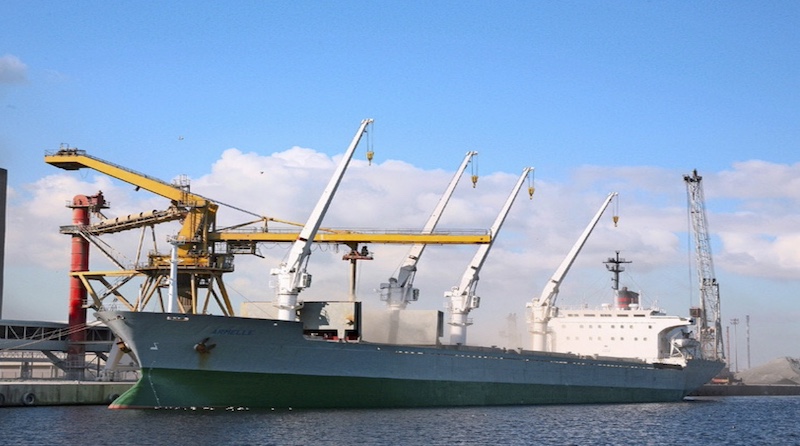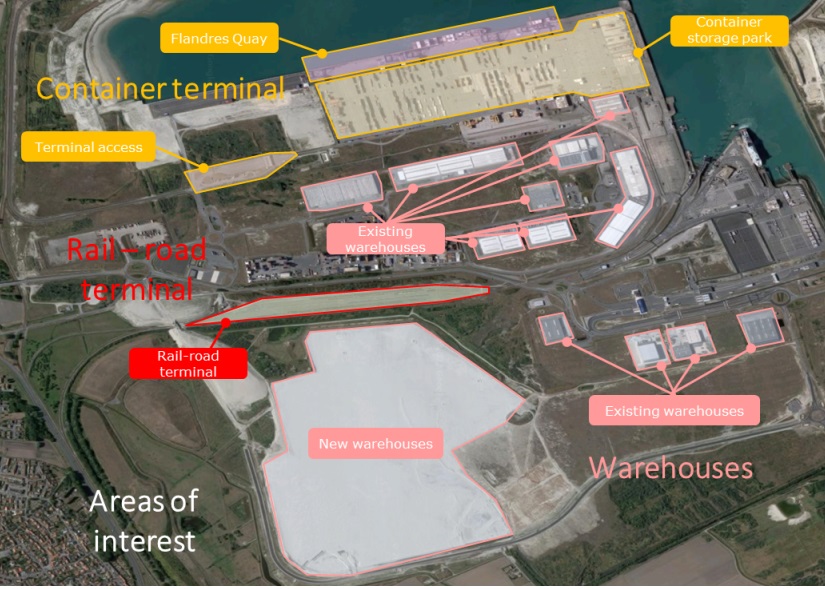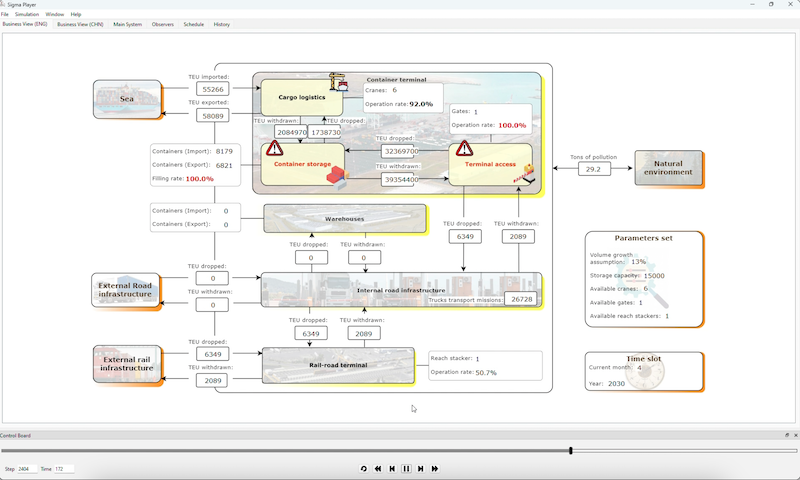Logistics case study
Logistics industry overview
Logistics and supply chain involve the management of the flow of goods from their origin to the end consumers, including the intermediary steps of storage, transformation, and transportation.
Making decisions for the design, transformation or tactical and strategic operational planning of logistic infrastructures & networks is complex given the intricate nature of logistics systems which have a multitude of internal components with diverse characteristics, managing various stages such as storage, merging, splitting and transportation through various means. These logistic systems also grapple with a range of dynamic flows and constraints —frequently characterized by high levels of uncertainty— emanating from various external sources.
This complexity introduces a layer of challenge to decision-making processes, necessitating thoughtful consideration of diverse elements both within and beyond the logistics environment.
Whatever the systemic level of your concern : intralogistics, logistic node, medium-size logistic hub, large-scale logistic network, etc. WorldLab™ can help you finding optimum architectures & configurations for existing / new logistic infrastructures or logistic transformation projects, and facilitate your day-to-day / month-to-month decision making for the logistic systems that you operate.
Analyzing the transformation of the logistic activities of a maritime hub
The challenge
In the context of an expected, but still uncertain, strong forthcoming growth of its container traffic, a large French industrial seaport must secure a major investment plan dedicated to the construction of new logistic infrastructures to support that growth and assess the resilience of its current logistics facilities in order to minimize the impacts of its logistic transformation on these facilities which are managing the different traffic (i.e. ships, containers, trucks, railways and river barges) supported by the port.


Our approach
Our answer was based on the construction of a systemic digital twin of the transformation perimeter within the industrial port, relying on a realistic systemic model of this industrial system, including its environment, which allowed us to simulate it and evaluate the key performance indicators that are measuring the impacts of the transformation of the container traffic of the port on the logistic infrastructures that it manages.

The outcomes
FEATURES
Service features that were deployed in this case:
– Structural & behavioral modeling of an industrial port
– Analysis of operational data of an industrial port environment
Product features that were used in this case:
– Implementation of a systemic model in Σ™
– Connection with external data sources
– Step-by-step and stochastic simulation
– Scenario simulation and evaluation
ADVANTAGES
Container traffic trends were modeled and simulated in order to capture the evolution over time of the main logistic inputs of the industrial port under study.
All business & industrial hazards and disruptions (e.g. variations & changes in operating modes, seasonality of operations, weather conditions, traffic jams, lack of resources, etc.) that the industrial port must face were integrated in our model.
Systemic digital twin maintenance & evolution could be regularly achieved with a very low effort.
BENEFITS
Benefit #1: the very first benefit of our approach mentioned by our client was the construction of a shared global & transversal quantitative vision of the scope of interest in the industrial port which was lacking within the port teams.
Benefit #2: our approach made it possible to identify the main business impacts of the targeted logistic transformation on the port’s existing logistic infrastructures and made it possible to make the optimal design choices for the new logistic facilities to construct.
